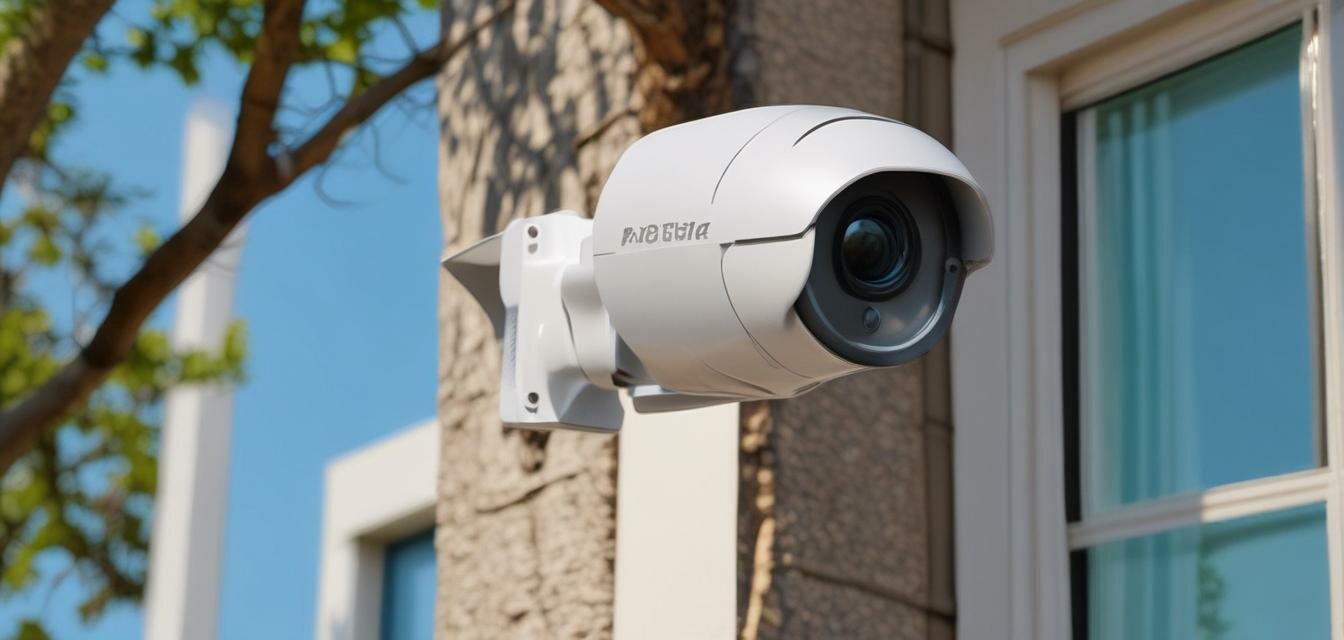
The Evolution of Wireless Security Cameras
Key Takeaways
- Wireless technology has significantly advanced security cameras, providing greater flexibility and ease of installation.
- Modern wireless cameras offer features such as HD video quality, night vision, and AI integration.
- Homeowners must consider the compatibility of security systems with smart home devices for optimal performance.
- Regular advancements in wireless security cameras are enhancing home security solutions.
The advancements in wireless technology have drastically changed the landscape of home security. Wireless security cameras are no longer a luxury; they have become a necessity for many homeowners who prioritize safety. These cameras provide excellent features such as remote viewing, improved connectivity, and ease of integration with existing smart home devices. Let's examine how these innovations have unfolded over the years.
The early days of security cameras
Initially, security cameras were bulky and primarily wired, requiring extensive installation work. Homeowners often faced limitations due to the need to run cables through walls and ceilings, which made them less practical.
Challenges with wired systems
- Complex installation processes
- Lack of flexibility in camera placement
- Higher costs due to additional wiring and labor
The rise of wireless technology
As wireless technology progressed, manufacturers began to develop cameras that could transmit video feeds over Wi-Fi networks. This evolution marked a significant turning point in the security camera industry.
Advantages of wireless cameras
Pros
- Easy installation without complicated wiring.
- Flexible camera placement in various locations.
- Remote access through smartphone apps.
- Integration with smart home systems for enhanced security.
Cons
- Dependent on Wi-Fi connectivity for functionality.
- Vulnerable to hacking if not properly secured.
- Potential signal interference from other devices.
Latest features in wireless security cameras
Modern wireless security cameras come equipped with a plethora of features that enhance their functionality and usability. Some of the notable advancements include:
| Feature | Description |
|---|---|
| HD Video Quality | Provides crystal-clear images for better identification. |
| Night Vision | Enables visibility in low-light conditions. |
| Two-Way Audio | Allows homeowners to communicate with visitors or intruders. |
| AI Integration | Uses artificial intelligence for motion detection and facial recognition. |
Integration with Smart Home Technology
Another significant trend is the integration of wireless security cameras with smart home technology. Homeowners can now control their security systems from the convenience of their smartphones or tablets.
Compatibility options
When purchasing a wireless security camera, consider its compatibility with common smart home devices, such as:
- Smart doorbell cameras
- Smart lighting systems
- Home automation systems
For more information on smart home devices, check our Home Automation & Accessories page.
The future of wireless security cameras
As technology continues to evolve, we can expect even more sophisticated features and enhanced capabilities. Innovations such as cloud storage solutions for video feeds and improved processing speeds will likely shape the future of wireless security cameras.
Emerging trends to watch
- Advanced encryption methods for securing video feeds.
- Integration with AI-driven analytics for smarter responses to threats.
- Enhanced user interface designs for easier navigation and control.
Stay updated with the latest trends by visiting our Latest Security Technology Trends blog category.
Conclusion
The evolution of wireless security cameras reflects the increasing demand for flexible and user-friendly security solutions. Homeowners can now ensure their safety and peace of mind with advanced technologies that seamlessly integrate into their smart homes. As advancements continue, investing in a wireless security camera will undoubtedly enhance your home’s security.
